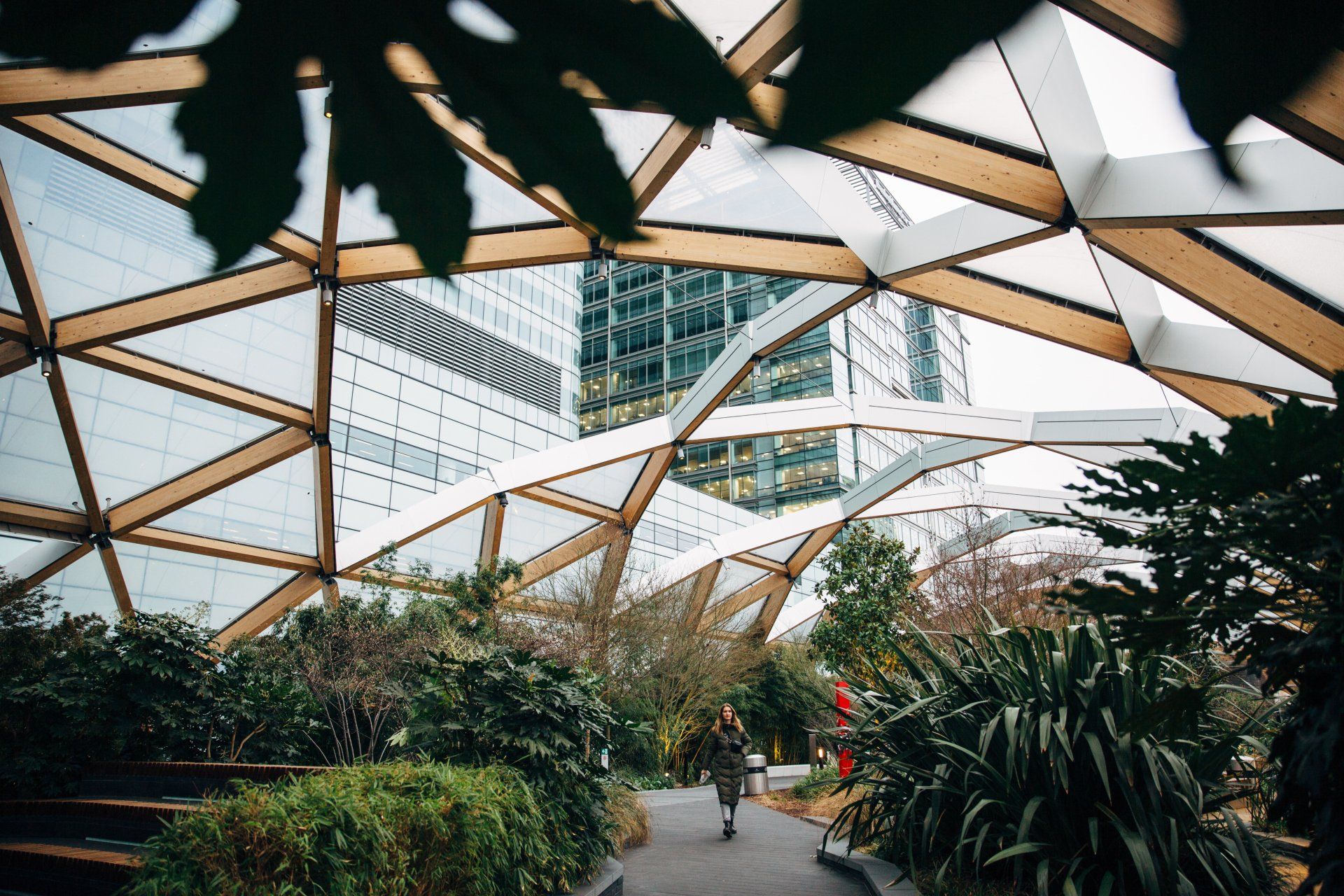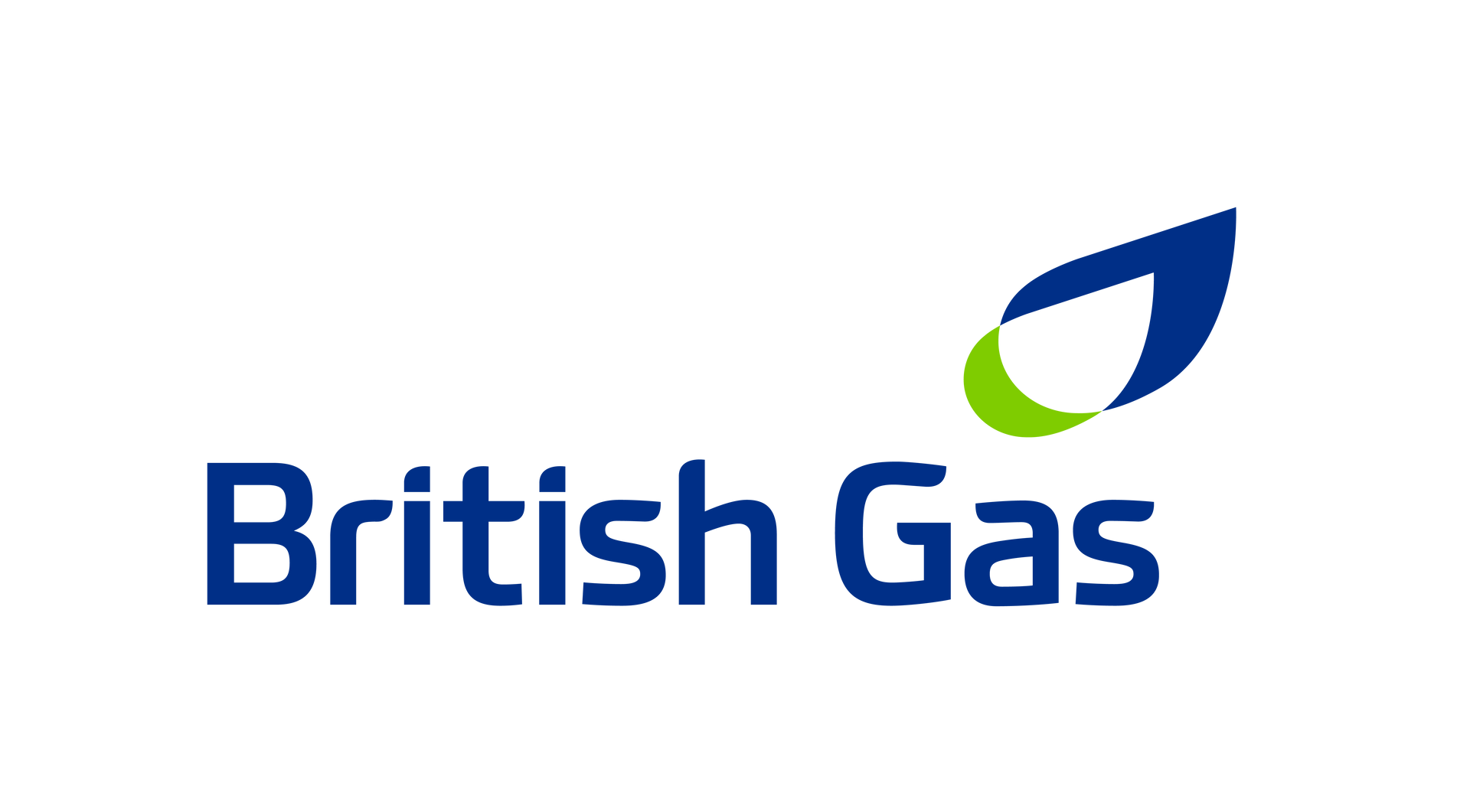Follow us
Just a couple of months ago calendars were full of meetings, conferences, exhibitions, trade shows and a plethora of other live events all lined up for the year ahead. In just a few short weeks that all changed as coronavirus swept around the world, prompting many event organisers to either cancel or postpone to a later date. But not all of them. A few chose a different route – one that’s delivering unexpected gains for the environment.
Improvise, adapt, overcome – Clint Eastwood said it best in Heartbreak Ridge. In normal society the words might feel clichéd, but when facing unprecedented circumstances on a global scale they seem rather more apt. In response to the pandemic many businesses are living by these words, adapting their marketing strategy or business model to overcome the challenging times they find themselves operating in. So it shouldn’t be so surprising that live events are doing the same.
Since lock down began you can watch high profile musicians live stream performances from their living room into yours. You can partake in an evening of wine tasting or see the animals at Edinburgh Zoo, all without leaving the house. In the blink of an eye live events have transitioned into virtual ones – and the planet is reaping the benefits.
Emissions reductions
It seems that as the number of virtual events rises emissions fall. And not just by a little. According to the virtual exhibition platform V-Ex, virtual events have led to a reduction in related emissions that’s as much as 99%. But when you take into account everything involved, it’s not hard to imagine why.
In their new report the platform states that a three-day conference with 800 attendees has a carbon footprint of around 455 tonnes. On average that means each person is responsible for about 0.57 tonnes. By comparison a virtual exhibition creates less than 1% of that.
The report also states that the carbon dioxide equivalent for a single three-day, mid-size trade show is nearly 6,000 tonnes. When you also think about travel, which makes up around 0.47 tonnes of emissions per person, plus overnight stays in a hotel and catering, the numbers really start to add up.
A safe alternative
In continental Europe alone the number of trade shows exceeded 2,670, bringing together more than 735,500 exhibitors and 75.4 million visitors. However, since coronavirus many exhibitors and visitors have instead turned towards online digital trade shows and conferences as a safe alternative. With no need to travel or in fact do anything other than reach for the iPad, computer or mobile, the practical and ecological benefits to online events are undeniable. The question is, once things return to normal, will they continue?

Wholesale energy prices have experienced unprecedented levels of volatility since the end of summer 2021, with both day ahead/spot and future contracts surging to all-time highs. In the last couple of months, prices have decreased but still remain high compared to a year ago. This period of high energy prices is expected to continue for the foreseeable future (see next section). Energy prices have surged for a number of reasons: A global increase in gas demand following the ease or end of Covid-related restrictions throughout 2021. After the pandemic, economies across the world started to recover. Asian countries like China saw their imports of Liquified Natural Gas (LNG) increase. This resulted in lower LNG shipments to the UK and Europe. On the supply side, the Covid-19 lockdowns pushed some maintenance work from 2020 into 2021 at a time when demand was recovering. In 2021, gas production hit a record low of 363TWh, 47TWh below the previous record low in 2013. Low production was the result of an extensive summer maintenance schedule which saw shutdowns at several major terminals, as well as the Forties Pipeline System which serves a significant proportion of UK gas and oil production. A lack of wind in the summer resulted in higher demand for conventional power. European gas storage in 2021 and Q1’22 remained far below previous years and it’s unclear how these are going to be replenished in the summer given the concerns around supply including the potential suspension of Russian gas flows due to sanctions. The 1,234km offshore Nord Stream 2 gas pipeline, which was designed to double the flow of gas between Russia and Germany (and by extension the rest of Europe) has been abandoned following the invasion of Ukraine. Gas storage in the UK is extremely minimal with capacity at less than 2% of the UK’s annual demand, compared with 22% for other European countries. Whilst the UK is not heavily reliant on gas coming from Russia, it sources almost half it’s gas supply from Europe. Hence, wholesale gas and power prices in the UK are now subject to knock-on-effects from the conflict in Ukraine.

Amidst rising energy costs, digitalisation, growing pressure from stakeholders and increasing regulation, organisations may struggle to define their pathway to a low-carbon future. What can you do to protect your business’ net zero plans from the challenges of volatility? Disruption and volatility are putting organisations under pressure. Digitalisation and new technology developments continue to challenge existing business models. Its increasing dependence on energy and encouraging businesses to drive change to secure competitive advantage. And as customers, employees and shareholders look to engage with companies who understand the importance of decarbonisation, pressure is mounting to prioritise sustainability.


